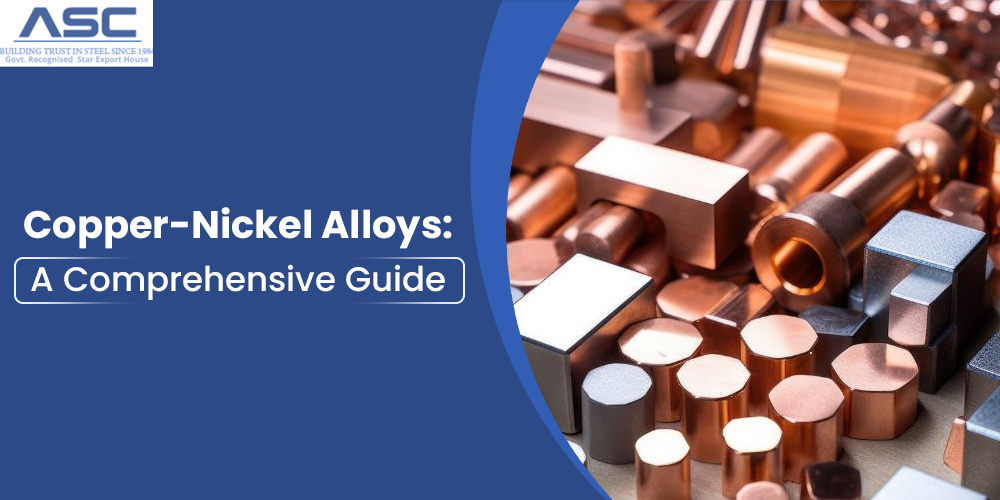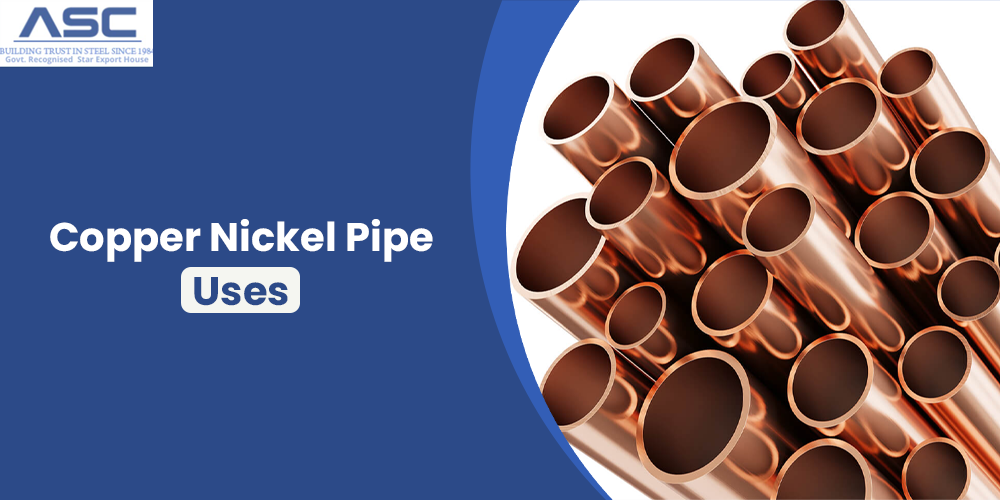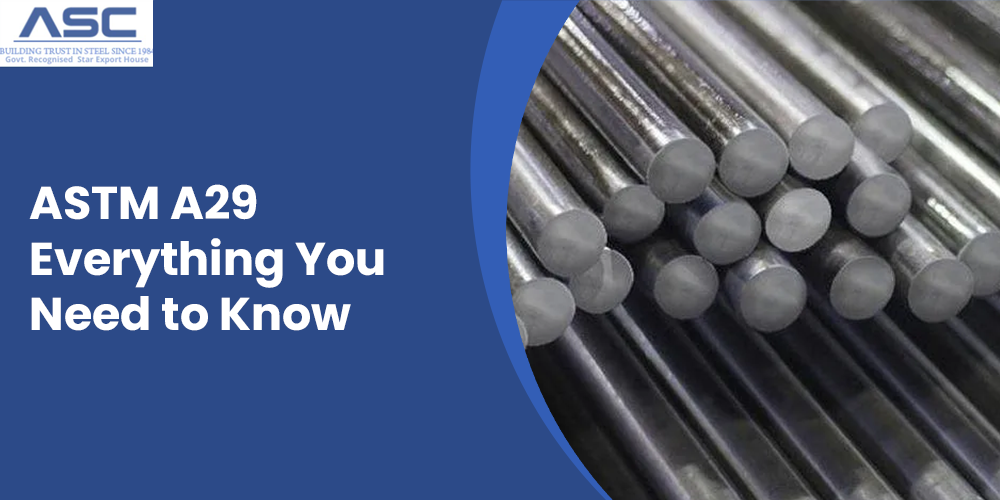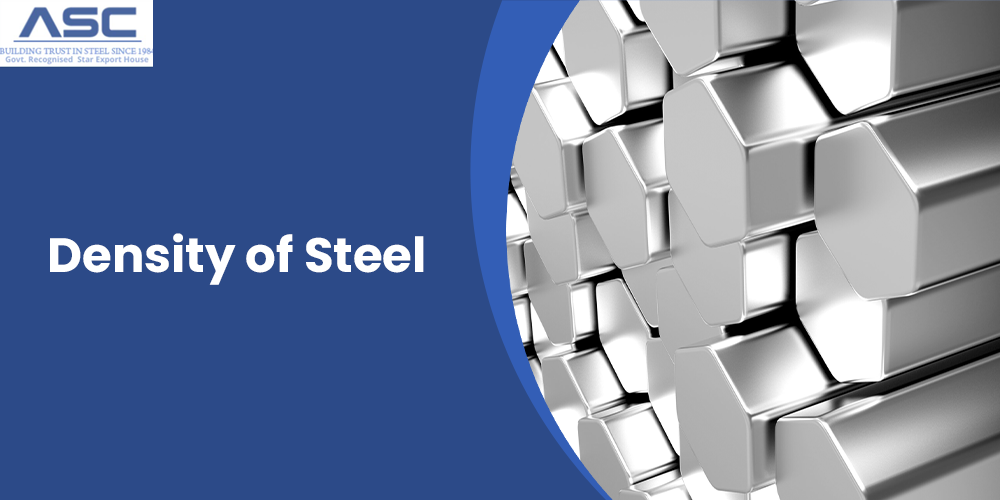Copper-Nickel Alloys: A Comprehensive Guide
by AMC
Posted on September 05, 2024 at 12:40 PM

In this blog, we’ll explore copper-nickel alloys—an essential material that often flies under the radar. Known for their exceptional resistance to rust and wear, copper-nickel alloys are ideal for demanding environments such as ships, cooling systems, and chemical plants. Discover why these alloys are a top choice for reliable and long-lasting performance in challenging conditions.
Copper-nickel alloy, also known as cupronickel, is a metal blend primarily composed of copper and nickel, with small amounts of iron and manganese. This alloy is valued for its excellent corrosion resistance, especially in marine environments, and its durability. The nickel content typically ranges from 10% to 40%, which enhances the alloy’s strength and resistance to wear. Copper-nickel alloys are commonly used in applications such as marine hardware, heat exchangers, and various industrial piping systems due to their robustness and resistance to biofouling and oxidation.
General Information on Copper Nickel Alloys
The most commonly used copper-nickel alloys contain either 10% or 30% nickel, known as 90-10 and 70-30 alloys. These alloys include small amounts of iron and manganese to improve their rust resistance. They are very flexible and can be strengthened through cold working, with the 70-30 alloy being stronger and able to handle higher flow rates. They also conduct heat well, which is useful for heat exchangers and condensers. These alloys are easy to shape and weld, and they can be welded to steel as well.
There are other types of copper-nickel alloys, like one with 2% manganese and 2% iron (66-30-2-2), which are used in tubing for higher flow rates and abrasive conditions. A newer alloy with chromium (Cu-30Ni-Cr) is also available for even higher flow rates.
Cast copper-nickel alloys are used too, though nickel aluminum bronzes are often preferred for pumps and valves. A cast Cu-30Ni-Cr alloy is used by the UK Royal Navy as an alternative to nickel aluminum bronze.
High-strength copper-nickel alloys come in two types: those strengthened by aging (Cu-Ni-Al alloys) and those strengthened by a special heat treatment (Cu-Ni-Sn and Cu-30Ni-Cr). Some of these alloys are as strong as high-strength steel and have useful properties like being anti-galling and non-sparking.
Explore our wide range of Copper Nickel Products, including pipes, tubes, flanges, and fittings, known for their excellent corrosion resistance.
Copper Nickel Alloy Corrosion
Copper-nickel alloys, such as the 90-10 and 70-30 types, use a protective surface film to resist corrosion. Unlike some alloys that form a protective oxide layer in air, these alloys develop a complex, multi-layered film in seawater, made up of oxides, chlorides, and hydroxy-chlorides. This film forms quickly and improves over time, leading to low corrosion rates. Because of this, short-term corrosion tests may not reflect their long-term performance. Ensuring that the alloys are exposed to the right seawater conditions during initial use is crucial for forming an effective protective film.
Copper-nickel alloys are not prone to problems like chloride-induced pitting, crevice corrosion, or stress corrosion cracking, which are issues with some stainless steels. However, they can be affected by sulfides and ammonia. While sulfide stress corrosion and hydrogen embrittlement are not concerns, sulfides can change the protective film, potentially causing pitting and higher corrosion rates. Therefore, these alloys should avoid long-term exposure to polluted seawater with sulfides or areas with sulfate-reducing bacteria (SRBs). Unlike brass, copper-nickel alloys resist ammonia stress cracking, though ammonia can increase corrosion rates.
In high-velocity or turbulent conditions, the protective film can wear away, leading to erosion-corrosion. This is less of a problem for copper-nickel alloys compared to other copper alloys, but it’s important to follow design and operational guidelines to minimize issues, such as avoiding partially throttled valves and tight bends in piping systems.
Copper-nickel alloys are generally compatible with other copper alloys and are more resistant to corrosion than steel and aluminum. However, they may corrode more quickly when connected to passive stainless steels, high-nickel alloys, and titanium.
Copper Nickel Alloy Chemical Composition
| Element | Content (%) |
|---|---|
| Nickel, Ni | 14.5-15.5 |
| Tin, Sn | 7.5-8.5 |
| Iron, Fe | 0.5 |
| Zinc, Zn | 0.5 |
| Manganese, Mn | 0.3 |
| Magnesium, Mg | 0.15 |
| Niobium, Nb | 0.1 |
| Lead, Pb | 0.02 |
| Copper, Cu | Balance |
Mechanical Properties of Copper-Nickel Alloys
| Property | Units | 90-10 | 70-30 |
| Density | kg/dm3 | 8.90 | 8.95 |
| Melting point | °C | 1100-1145 | 1170-1240 |
| Specific heat | J/KGK | 377 | 377 |
| Thermal conductivity | W/mK | 50 | 29 |
| Linear expansion coefficient 10-300°C | 10-6/K | 17 | 16 |
| Electrical resistivity | Micro-ohm/cm | 19 | 34 |
| Modulus of elasticity | GPa | 135 | 152 |
| Modulus of rigidity | GPa | 50 | 56 |
Effects of Nickel Content in Copper-Nickel Alloys
Nickel plays a key role in shaping the properties of copper-nickel (Cu-Ni) alloys. As the amount of nickel increases, the alloy's tensile strength, corrosion resistance, and heat resistance improve. However, its ability to conduct heat and electricity decreases. For example, while tensile strength goes up with more nickel, the material's ability to stretch (elongation) stays mostly the same after a small initial decrease with up to 5% nickel.
Heat Treatment of Copper Nickel Alloys
Cu-Ni alloys are mainly heat-treated for soft annealing and stress relief. Recrystallization annealing occurs at 620°C to 900°C, with higher temperatures requiring shorter times. Stress-relief annealing is done at 280°C to 500°C.
Anneal in an air-free or slightly reduced atmosphere to avoid contamination and pickling. Some alloys can be age-hardened, like CuNi30Cr and CuNi5Al4Mn2, with specific heat treatments for each.
If you need more information or have any questions, please contact us
Conclusion
Copper-nickel alloys, such as the 90-10 and 70-30 grades, provide excellent durability and corrosion resistance, making them ideal for harsh environments like marine applications and industrial systems. These alloys, enhanced with elements like manganese and chromium, offer great performance and flexibility. Proper heat treatment and care in design help maintain their effectiveness. Overall, copper-nickel alloys are a reliable choice for demanding conditions, offering long-lasting performance and resistance to rust and wear.
FAQ
What are the uses of copper-nickel alloy?
Copper-nickel alloys are used in marine hardware, heat exchangers, hydraulic tubing, cooling systems, and antimicrobial surfaces for their strength and corrosion resistance.
What is the difference between copper and copper-nickel?
Copper-nickel alloys, like 70/30 cupronickel, are silver and contain 70% copper and 30% nickel, improving strength and corrosion resistance. Pure copper is reddish-brown and mainly used for its conductivity.
Is copper-nickel better than stainless steel?
Copper-nickel alloys excel in marine environments due to their superior resistance to seawater corrosion, while stainless steel is better for handling harsh chemicals and acids.
What is the price of copper-nickel alloy?
The price of copper-nickel alloy varies depending on factors like the alloy grade and market conditions. As of recent estimates, For the most accurate and current pricing, please free to contact us.
What temperature is copper-nickel alloy?
Copper-nickel alloys are used in applications with maximum operating temperatures up to 600°C (1,110°F). They maintain consistent performance due to their low-temperature coefficient of electrical resistance.


